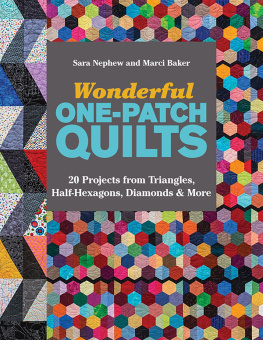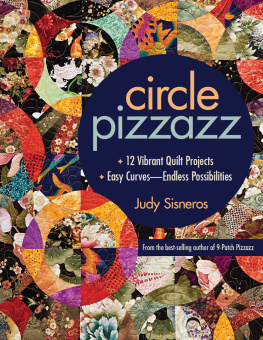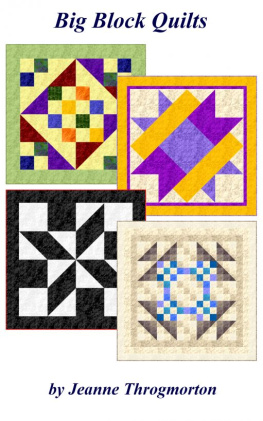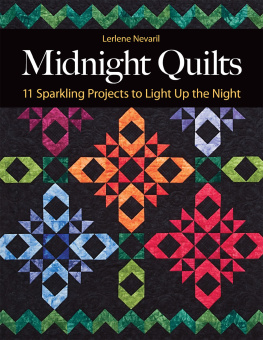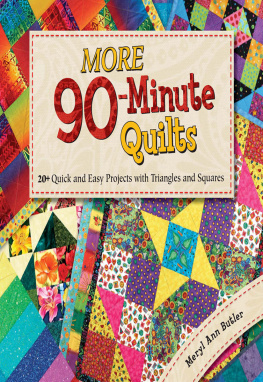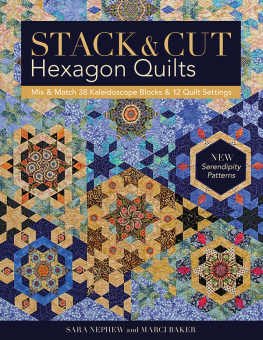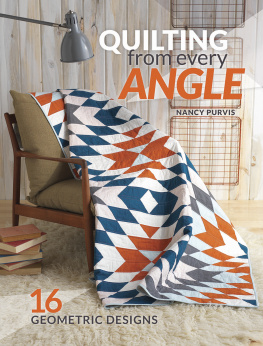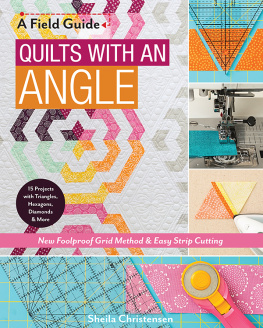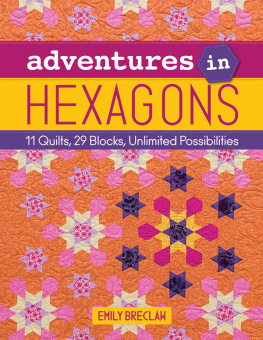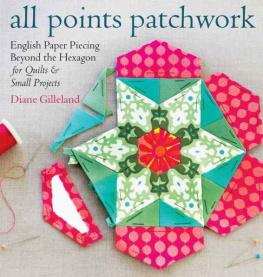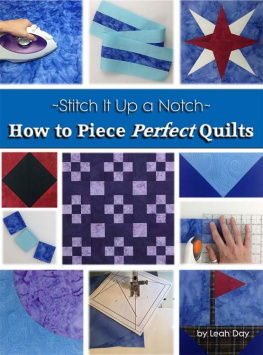Publisher: Amy Marson
Creative Director: Gailen Runge
Editors: Lynn Koolish and Joanna Burgarino
Technical Editors: Debbie Rodgers and Gailen Runge
Cover Designer: April Mostek
Book Designer: Kristen Yenche
Production Coordinator: Zinnia Heinzmann
Production Editor: Alice Mace Nakanishi
Illustrator: Eric Sears
Photo Assistants: Carly Jean Marin and Mai Yong Vang
Instructional photography by Diane Pedersen of C&T Publishing, unless otherwise noted
Published by C&T Publishing, Inc., P.O. Box 1456, Lafayette, CA 94549
Dedication
To all my grandchildren:
Taylor, Ashley, Skye, Zev, Rykker, Griffin, and Hazel. You seven are a whole new fun club to belong to.
.....Sara
To Mom and Dad:
Thank you for teaching me perseverance.
.....Marci
Acknowledgments
Thank you to all the quilters who made the beautiful quilts featured in this book:
Annette AustinJanet BlazekovichJoyce Lawrence Cambron
Diane Riley CoombsPam J. CopeScott Hansen
Deborah HaynesElaine MuzichukSarah Ann Newman
Jeanne RumansJanice SchliekerKathy Syring
Linda TellesboSusan Porretta Weigner
and to Martha Ethridge for testing the Reflections technique
Each creation provided added beauty to the projects, and we cant thank you enough for your feedback on the instructions and your trust that we would present your works in their best light.
Thank you to the companies that provided supplies for several of these projects:
Maywood StudioJava BatiksModa Fabrics
Presencia ThreadQuilters Dream BattingYLI Corporation
Their support of the art and craft of quilting through manufacturing superior products makes our job (and passion) even more enjoyable.
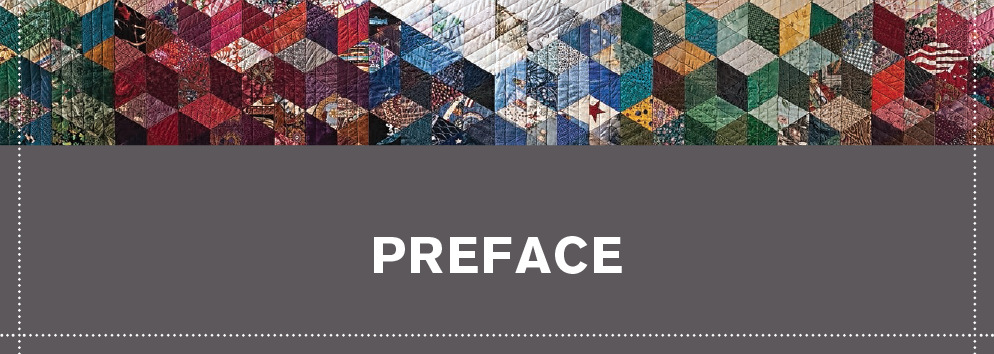
Beginning Again 
When I was a new quilter, I loved many quilts, but my favorites were those from the past. Im sure these were the same favorites that many other quilters have, including classic patterns such as Trip Around the World, Grandmothers Flower Garden, and Thousand Pyramids. These patterns were simple, but the quilters used a mix of beautiful colors and special color arrangements to create designs that would please just about anyone.
Now, thirty years later, I have created many quilt designs of my own: floral-looking quilts, stacked repeats, three-dimensional designs. Yet I still enjoy making patterns that are like those classic quilts Ive always loved, in which the pieces used are simple but the pattern is special because of a great mix of colors and the arrangement of the colors and values.
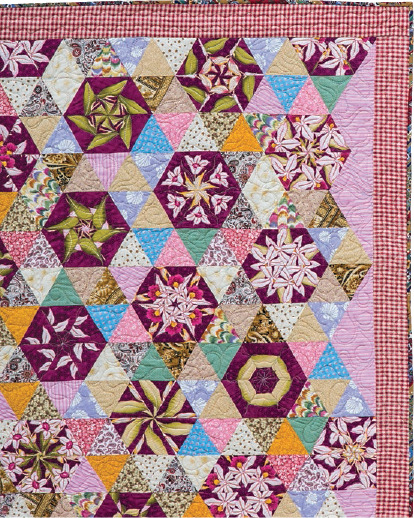
Detail of Rolling Ball
Nowadays we have many more tools and techniques to make quilting faster and easier. These new tools and techniques lead to new patterns being born. Sixty-degree rulers let us cut shapes that rarely before, if ever, would have been used in a quilt. These new shapes, in turn, inspire new patterns and combinations. With this innovation we have the opportunity to make new classics in the same vein as those simple vintage charmers, and I hope many quilters will want to make and enjoy them. Thats what this book is about.
The patterns in this book are made from units that are easy enough even for beginners. Use the patterns to play with your fabrics by mixing colors and values as you make your quilts. In each project we provide guidance on color, value, and placement, which make all the difference in your quilts success.
Skim through the book to see what the pattern testers have chosen for their colors and fabrics; then pick a pattern that you like and add sparkling high-contrast colors or a soft color-wash effect in your favorite colors to bring out the best in the pattern.
I hope to see your individualized quilt shining in a quilt show or online. Each persons choices of color, texture, pattern, and theme change the pattern into a new, special quilt. Im looking forward to seeing all the new classic quilts these patterns inspire.
Tradition with a New Process 
Wow! That was all I could say when I first viewed the variety of designs that Sara put together for this book. Our collaboration gives us unique opportunities to demonstrate where our particular talents lie. Saras eye for design shows in a patterns underlying structure (the bones, as she puts it, created by value contrast) and color scheme (the colors, tones, and clarity, which give feeling or emotion to that underlying structure). My talents, and heart, resonate with figuring out the most efficient and effective ways to craft her designs. (Okay, it is probably my brain more than it is my heart!)
Some quilters hear the words speed piecing, strip piecing, or fast method and think the process involves slashing through fabric, slapping pieces together, and getting on to the next quilt without any care for quality. That is far from my intent! The process of working with fabrics, making selections, cutting shapes, sewing small pieces or strips to be cut later, arranging pieces for the blocks, and, finally, joining the last pieces of the top are all part of the joy of quilting. The techniques I have developed are intended to give value to those steps by adding an ease and precision that can surprise even the newest quilter. My hope is that because of my techniques, quilters will explore even more quilt designs and methods.
There are times, however, when a faster method does not work, such as with charm quilts. These unique quilts, in which each piece is from a different fabric, are only achievable when the pieces are cut individually. There is a meditative quality to this type of quilt. I have made a couple of these quilts alreadymy first quilt and my most challenging quilt. For this book I started another such quilt: Grand Hex. Thus the techniques in this book have been selected to provide a more traditional piecing method as well as a speed-piecing method. Select the method that fits your style. Or try the other method and see if it suits you. You might be surprised!
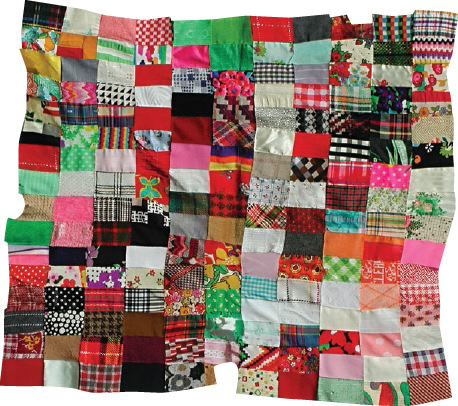
Barbie Doll by Marci Baker
Photo by Randy Pfizenmaier
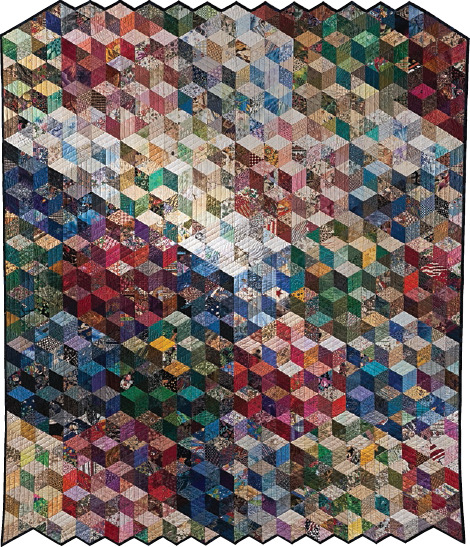
Building on the Years by Marci Baker
Photo by Randy Pfizenmaier
I hope that you find several new classics among Saras designs in this book, and that you enjoy the underlying methods incorporated by both of us.
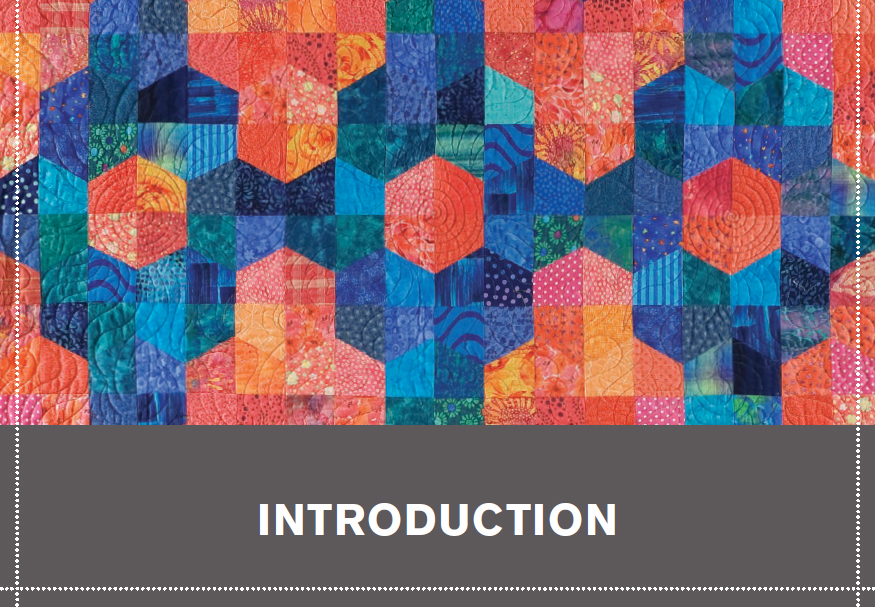
What Is a Classic?
Part of our reason for writing this book is to create new designs that we hope will become classics. People talk about classic cars, classic clothes, and classic quilts. Sowhat is a classic? The biggest element of any classic is its design. If the object is beautiful to look at, so much so that lots of people have decided to have one, its possibly a classic. If it holds up well over time, its definitely a classic. If it was fun to look at 50 years ago and it is fun to look at now, its classic.
Next page
